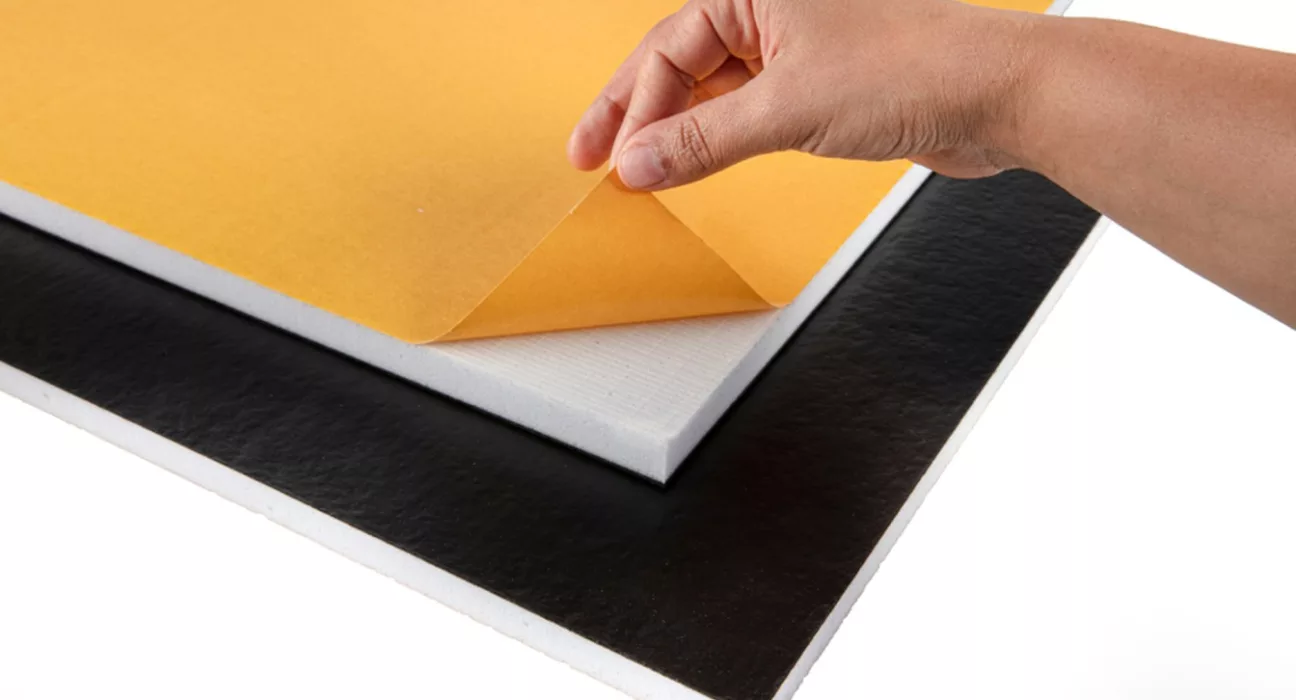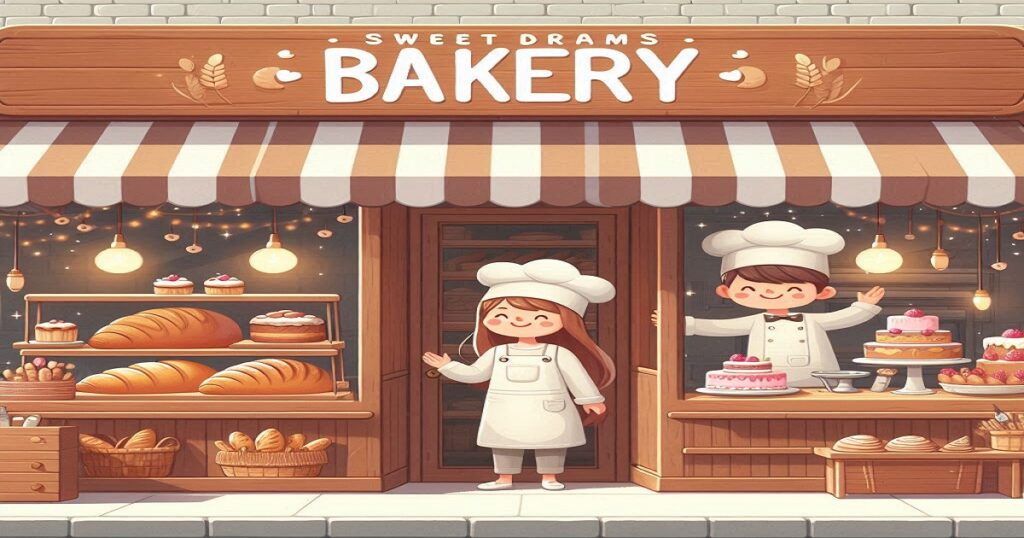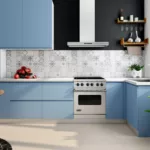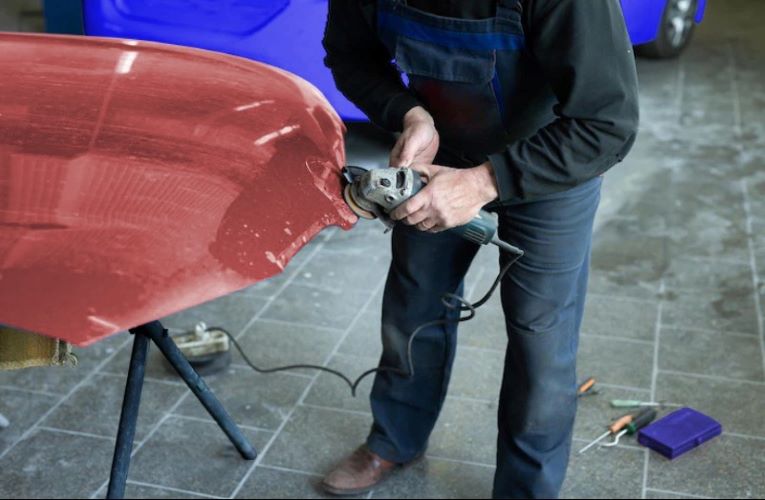Buyer’s Guide to Foam Board Printing

Foam board printing is a popular choice for creating signs, presentations, and other visual displays. It is lightweight, durable, and easy to shape. You can use it for a wide range of applications. But it would be best if you put lots of things together for top-quality foam printing.
Don’t worry much because I have prepared a full buying guide on foam board printing for you. In this buyer’s guide, we will explore the different types of foam boards available, the best practices for printing on foam boards, and tips for selecting a reliable foam board printing service.
Types of Foam Board
Foam board comes in a variety of densities and thicknesses. Each has its own unique set of properties. There are many types of foam board and each has its advantages. Some types of foam board are:
Polyurethane Foam Board: This type of foam board is a popular choice because it’s lightweight and easy to work with. It’s often used for exhibition graphics and outdoor signage. It comes in a variety of colors, thicknesses, and sizes. It tends to be less expensive than other types of foam board. It is also fairly durable and has good environmental properties.
Cork Board/cork Wall Coverings: This material is made from the bark of the cork oak tree. It is soft and can be glued to walls or ceilings to create lightweight bulletin boards. It is not as durable as other foam boards but it is very versatile and can be cut into different shapes and sizes. Cork can be used for a variety of different applications including interior design and graphic design.
Standard Foam Board: This is the most basic type of foam board and is made from a foam core sandwiched between two layers of paper. It is lightweight and easy to cut and shape, making it a popular choice for presentations and signs.
Gator Board: This type of foam board is made from a foam core sandwiched between two layers of wood-fiber veneer. It is denser and stiff than standard foam board, making it a better choice for heavier signs and displays.
Sintra Board: This type of foam board is made from a PVC foam core and is known for its durability and resistance to moisture. It is also more flexible than other types of foam board, making it a great choice for creating signs that need to be bent or curved.
Printing Paper for Foam Board Printing
When it comes to paper, it’s important to choose a piece of paper that is thick enough to support the weight of the A1 foam board. The most common types of paper used for printing on foam board include:
Matte paper: This type of paper is known for its smooth, non-glossy finish and is a great choice for creating signs and displays that will be viewed from a distance.
Glossy paper: This type of paper is known for its shiny, reflective finish and is a great choice for creating signs and displays that will be viewed up close.
Printing Ink on Foam Board
When printing on foam board, it’s important to use the right type of ink to ensure that your prints come out looking great. The most common types of ink used for printing on foam board include:
Dye-based inks: These inks are known for their bright, vibrant colors and are a great choice for creating eye-catching signs and displays.
Pigment-based inks: These inks are known for their fade resistance and are a great choice for creating signs and displays that will be exposed to sunlight.
Latex inks: This type of ink is water-based, making it more eco-friendly than other types of ink, and it also dries faster, which can be helpful for large-scale printing jobs.
Selecting a Foam Board Printing Service
When selecting a foam board printing service, it’s important to choose a company that has experience printing on foam boards and can provide samples of their work. It’s also important to choose a company that offers a wide range of services, including cutting and shaping, to ensure that your signs and displays come out looking great.
By selecting a reliable foam board printing service, you can ensure that your signs and displays will come out looking great every time. When looking for a foam board printing service, be sure to ask about their experience, the materials they use, and any additional services they offer. It’s also a good idea to read reviews and ask for references to get a sense of their reputation and the quality of their work.










